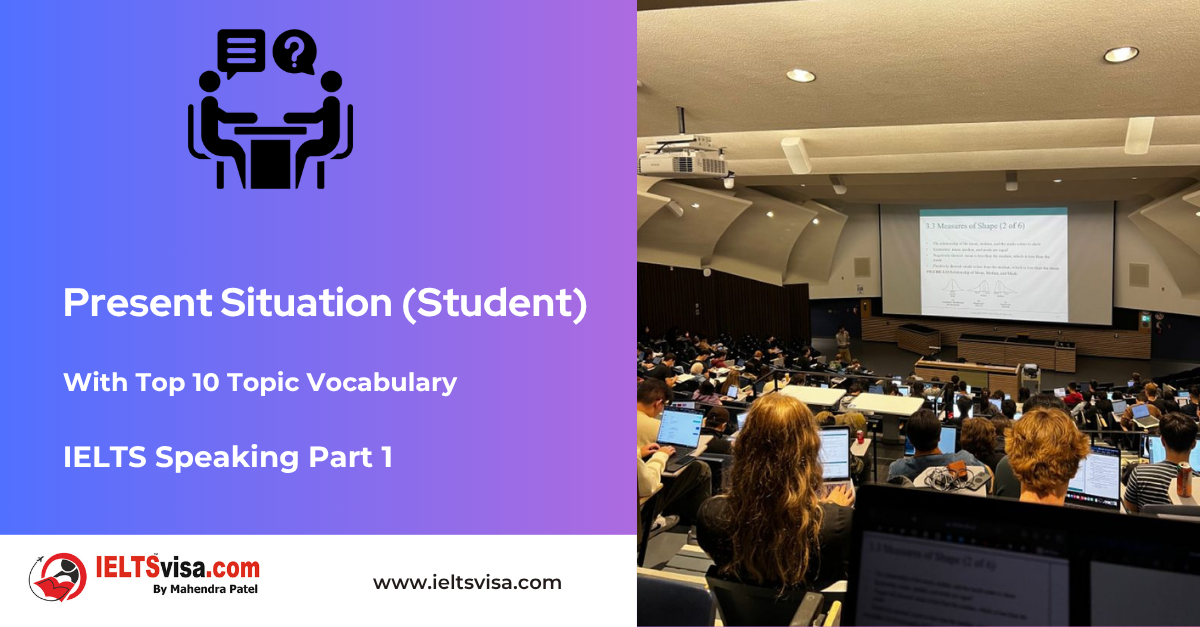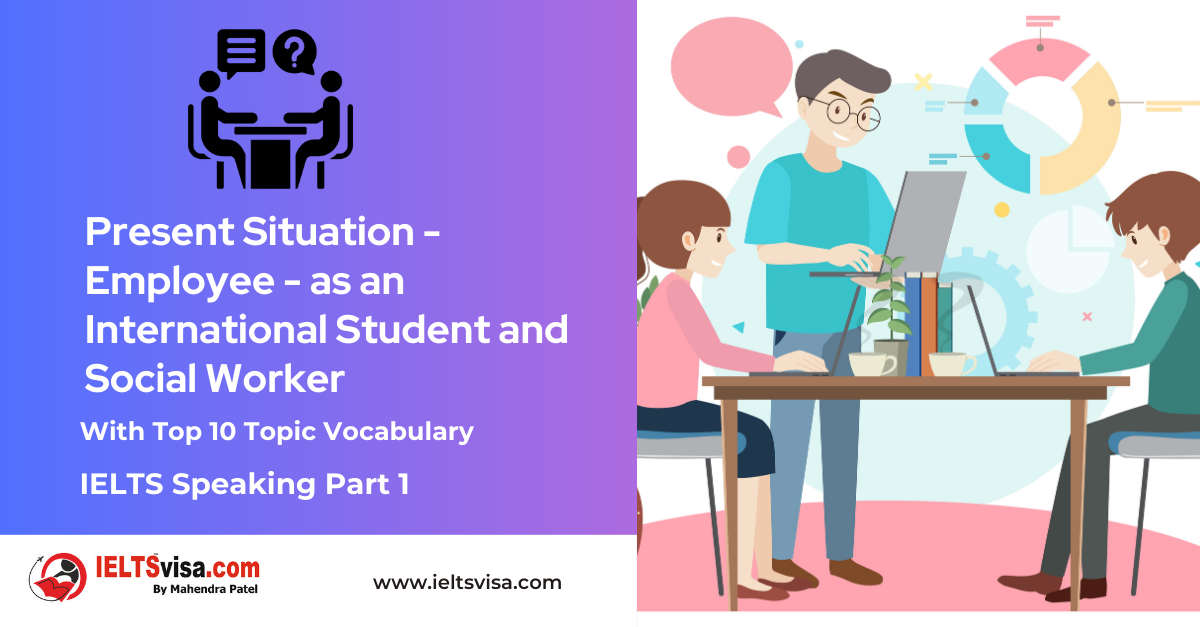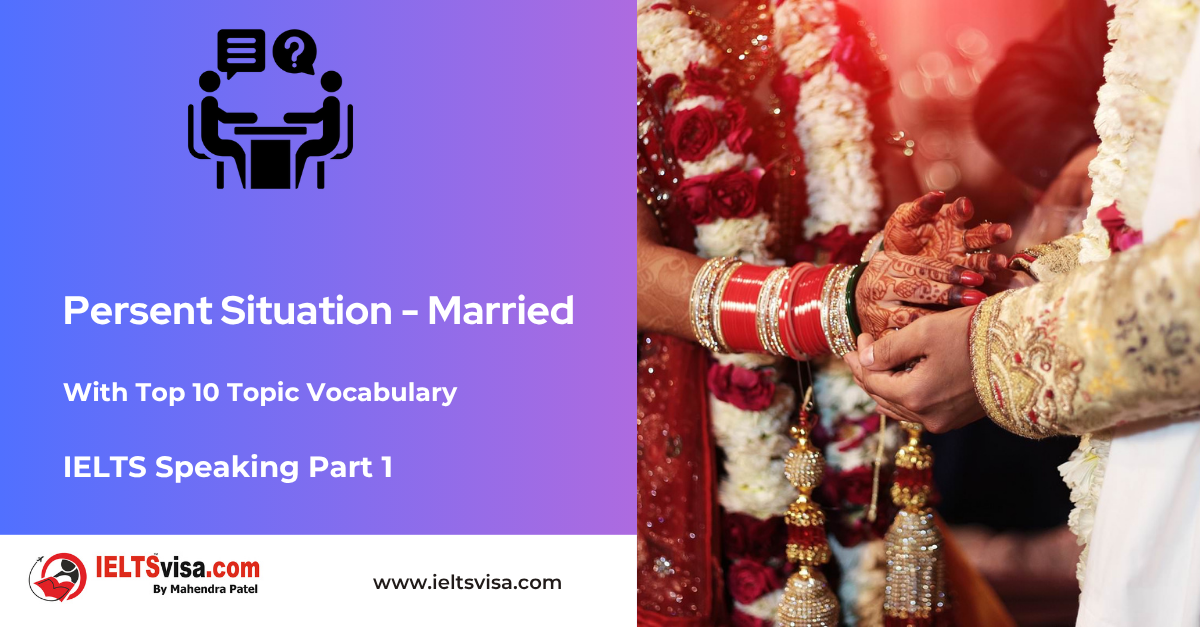Describe an interesting building” — Sydney Opera House, Australia
IELTS Speaking Part 2 (Cue Card) Part 3: Follow-Up Questions
Describe an interesting building” — Sydney Opera House, Australia
🗂️ Part 2 – Cue Card
Describe an interesting building.
You should say:
- Where it is located
- What it looks like
- What services are provided
And explain why you like it
🗣️ Sample Answer
One of the most iconic and interesting buildings I’ve ever seen is the Sydney Opera House, located in Sydney, Australia. It sits beautifully on Bennelong Point, overlooking the harbour, with views of the Sydney Harbour Bridge and the surrounding waters.
The building is instantly recognisable due to its unique design—it resembles a series of white, sail-like shells rising from the water. The structure is composed of multiple interlocking roofs, each covered in glossy white tiles that reflect sunlight during the day and are dramatically lit up at night. Its modern, artistic architecture makes it one of the most photographed buildings in the world.
The Opera House serves as a multi-venue performing arts centre. It hosts a wide variety of events including operas, ballet, symphony concerts, and contemporary music performances. It also includes restaurants, a visitor centre, guided tours, and spaces for cultural education.
I really admire this building not just for its aesthetic beauty, but also for what it represents—creativity, culture, and architectural innovation. It’s a place that brings people together to enjoy art and performance, and its design is truly one-of-a-kind. Visiting it made me appreciate how architecture can shape a nation’s identity and inspire people worldwide.
🔁 Part 3: Follow-Up Questions
1. What role do old buildings and new buildings play in modern society?
Old buildings preserve a city’s cultural history and give people a sense of identity. New buildings, on the other hand, address present needs with modern design, technology, and sustainability. Both are essential for a balanced and functional urban environment.
2. What changes have taken place in architecture in the past two decades?
Architecture has become increasingly eco-friendly, with a focus on utilising green materials and implementing energy-efficient designs. There’s also more use of smart technology in construction and building management. Designs have shifted toward minimalism and multi-use spaces.
3. Do you think it is necessary to protect old buildings?
Yes, protecting old buildings is important because they are tangible pieces of history and culture. They attract tourism and educate people about the past. Preserving them maintains the architectural diversity of a city.
4. How do architectural styles reflect cultural identity?
Architectural styles reflect the values, traditions, and history of a place. For instance, Gothic cathedrals in Europe or temples in Asia show religious influence and craftsmanship. These styles become symbols of national or regional pride.
5. What are the environmental impacts of modern architecture?
Modern architecture can mitigate environmental harm through sustainable practices, such as the use of solar panels, green roofs, and efficient insulation. However, large-scale construction can also generate pollution and waste. The key is to find a balance between innovation and environmental responsibility.
6. How does urbanisation affect architectural development?
Urbanisation increases the demand for efficient space utilisation, resulting in high-rise buildings and compact housing. It pushes architects to design functional yet livable environments. However, it can also lead to overcrowding and a reduction in green spaces.
7. What role does technology play in modern architecture?
Technology enhances the design, construction, and management of buildings. Architects now utilise 3D modelling, AI, and virtual reality to plan structures with greater accuracy. Smart systems in buildings can control lighting, temperature, and security for better energy management.
8. How does architecture influence the quality of life in urban areas?
Good architecture improves comfort, safety, and well-being by creating pleasant living and working environments. It influences traffic flow, access to natural light, and green spaces. Poor design can cause stress and reduce quality of life.
9. Why do tourists often visit historical buildings during their travels?
Historical buildings offer a glimpse into the culture, art, and lifestyle of the past. They often have stories that connect people emotionally to a place. Tourists find these buildings visually impressive and culturally enriching.
10. How can schools use architecture to enhance students’ learning experiences?
Schools can organize field trips to historic and modern buildings to teach design, history, and culture. Interactive projects where students create models or explore architecture digitally can boost engagement. These experiences help students connect their studies to the real world.
Top 10 Topic Vocabulary – Describe an interesting building” — Sydney Opera House, Australia
|
Vocabulary |
Type |
Meaning |
Synonyms |
Antonyms |
Word Family |
Example Sentence |
|
Iconic |
Adjective |
Widely recognised and representative of something important |
Symbolic, Legendary |
Obscure, Unremarkable |
Icon (Noun) |
The Sydney Opera House is one of Australia’s most iconic landmarks. |
|
Innovative |
Adjective |
Featuring new methods or original ideas |
Creative, Groundbreaking |
Conventional, Traditional |
Innovation (Noun) |
The building’s design was highly innovative for its time. |
|
Architectural |
Adjective |
Related to the design and construction of buildings |
Structural, Design-based |
Non-structural |
Architecture (Noun) |
The architectural beauty of the Opera House attracts millions. |
|
Aesthetic |
Adjective |
Visually pleasing or artistic in nature |
Beautiful, Artistic |
Unattractive, Ugly |
Aesthetics (Noun) |
Its aesthetic appeal lies in the sail-like design. |
|
Venue |
Noun |
A place where events or performances are held |
Location, Setting |
– |
– |
The Opera House serves as a venue for concerts and cultural events. |
|
Performance |
Noun |
A live show, often involving music, theatre, or dance |
Show, Presentation |
– |
Perform (Verb) |
I attended a brilliant opera performance there last year. |
|
Landmark |
Noun |
A building or place that is easily recognised and symbolic |
Monument, Marker |
Ordinary place |
– |
The Opera House is a landmark known around the globe. |
|
Reflection |
Noun |
An image seen in a mirror or surface like water |
Mirror image, Echo |
– |
Reflect (Verb) |
The reflection of the Opera House on the water is stunning. |
|
Acoustics |
Noun |
The quality of sound in a room or building |
Sound quality, Echo characteristics |
– |
Acoustic (Adjective) |
The Opera House is known for its excellent acoustics. |
|
Culture |
Noun |
The arts, customs, and achievements of a particular group |
Tradition, Civilisation |
Ignorance, Isolation |
Cultural (Adjective) |
It represents Australian culture and love for the arts. |

Our Books
Master IELTS Speaking Part 1
IELTS Writing Task 1 Book
IELTS Writing Task 2 Book
Practice IELTS Other Modules
IELTS Listening
The IELTS Listening test assesses how well you can understand spoken English in various contexts. It lasts about 30 minutes and is divided into four sections with a total of 40 questions. The listening tasks become increasingly difficult as the test progresses.
IELTS Academic Reading
The IELTS Academic Reading section assesses your ability to understand and interpret a variety of texts in academic settings. It is designed to evaluate a range of reading skills, including skimming for gist, reading for main ideas, reading for detail, understanding inferences, and recognizing a writer's opinions and arguments.
IELTS Speaking
The IELTS Speaking test assesses your ability to communicate in English on everyday topics. It lasts 11-14 minutes and consists of three parts: introduction, cue card, and a discussion based on the cue card topic.
IELTS General Reading
IELTS General Reading tests your ability to understand and interpret various types of texts. Here are some key areas and types of content you can expect to encounter in the reading section, along with tips for effective preparation.
IELTS Academic Writing Task 1
In IELTS Academic Writing Task 1, you are presented with a visual representation of information, such as graphs, charts, tables, or diagrams, and you are required to summarize, compare, or explain the data in your own words.
IELTS General Writing Task 1
In IELTS General Writing Task 1, you are required to write a letter based on a given situation. The letter can be formal, semi-formal, or informal, depending on the prompt. Here’s a breakdown of the key components to include in your letter
IELTS Academic Writing Task 2
In IELTS Academic Writing Task 2, you are required to write an essay in response to a question or topic. Here’s a guide to help you understand the essential elements of this task
IELTS Exam Tips
To succeed in the IELTS exam, practice regularly, familiarize yourself with the test format, improve your vocabulary, develop time management skills, and take mock tests to build confidence.
Grammer for IELTS
Grammar is the foundation of effective communication in English. Understanding tense usage, subject-verb agreement, and sentence structure enhances clarity and coherence in writing and speaking.
Vocabulary for IELTS
Vocabulary plays a crucial role in the IELTS (International English Language Testing System) exam, especially in the Speaking and Writing sections. Here’s an overview of why vocabulary is important and how it impacts your performance
RECENT IELTS SAMPLES QUESTIONS AND ANSWERS
IELTS Speaking Part 1 – Favourite Sujbect – Physics
IELTS Speaking Part 1 - Favourite Sujbect - Physics Q: What is your favourite subject? A: My favourite subject...
IELTS Speaking Part 1 – Present Situation (Student)
IELTS Speaking Part 1 - Present Situation (Student) Q1: Are you a student or do you work?A: I’m a full-time...
IELTS Speaking Part 1 – Present Situation – Employee – as an International Student and Social Worker
IELTS Speaking Part 1 - Present Situation - Employee - as an International Student and Social Worker Q1: Are...
IELTS Speaking Part 1 – Persent Situation – Employee- as an Electric Engineer
IELTS Speaking Part 1 - Persent Situation - Employee- as an Electric Engineer Q1: What do you do for a...
IELTS Speaking Part 1 – Persent Situation – Employee – as an Software Engineer
IELTS Speaking Part 1 - Persent Situation - Employee - as an Software Engineer Q1: What do you do for a...
IELTS Speaking Part 1 – Persent Situation – Married
IELTS Speaking Part 1 - Persent Situation - Married Q1: Are you married?A: Yes, I am married. My spouse and I...













